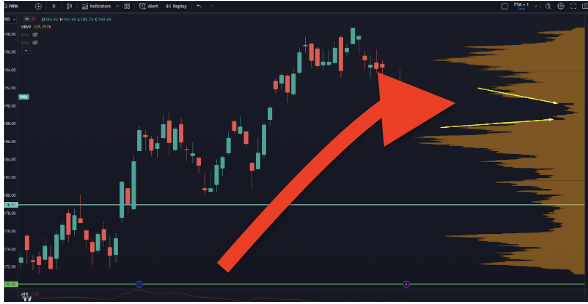What has making money in the Russell 2000 got to do with Turtles?
Here’s the short story short:
On a hot summer day last week, about one-hundred-and-fifty people gathered in the (way too hot) Florida sun to watch something few ever get to witness.

My Wife, Turtles & a Russell 2000 Win?
A successful turtle rescue mission.
My wife is part of a turtle rescue group, and she’d always tell me how turtle feed on fish, as do humans. This means they compete with us in the same ecosystem for food.
Which isn’t fair because turtles usually get injured by hooks and fishing lines.
And when they get hurt, the rescue picks them up, treats and sends them off again.
But as I hinted earlier, turtles and fishing lines don’t mix…
So rather than just throw them back into the beach…
The rescue finds a spot between the two fishing piers and sets them loose.
That way, they have the best chance of finding food on their journey back to the deep ocean… without getting caught up again in hooks and fishing lines.
I was coming to that part, haha.
Remember how I said turtles competing with humans for fish isn’t fair because…
They’re always getting injured by hooks and fishing lines?
Well, there’s a reason we talk about “liquidity” in the markets like it’s water.
There are liquidity zones where the playing field will never be level.
These liquidity zones are just too volatile for retail traders and you could lose everything in a flash going against billion-dollar juggernauts.
Still, there are liquidity zones that don’t have a lot of big players trading there.
These “pockets of low liquidity” are where you see significant price movements that could net you fast gains if you structure your trades with the right risk-reward ratio.
For example, just look at the IWM, an ETF that tracks The Russell 2000 Index (A small-cap U.S. stock index ranking the smallest 2,000 stocks by revenue.)

My Wife, Turtles & a Russell 2000 Win?
See how our Trading Roadmap has almost zero liquidity between 190 and 188?
That’s like having long term sellers with intent, but no buyers coming in. The result is you end up with a fast push to the downside, and a full retest of the summer breakout.
This type of setup is every trader’s dream and it doesn’t require much to profit.
Here are examples of how to leverage the upside with the right risk-reward ratio.
Original Post Can be Found Here